Ankle dorsi- and plantar-flexion torques measured by dynamometry
$ 16.00 · 5 (375) · In stock
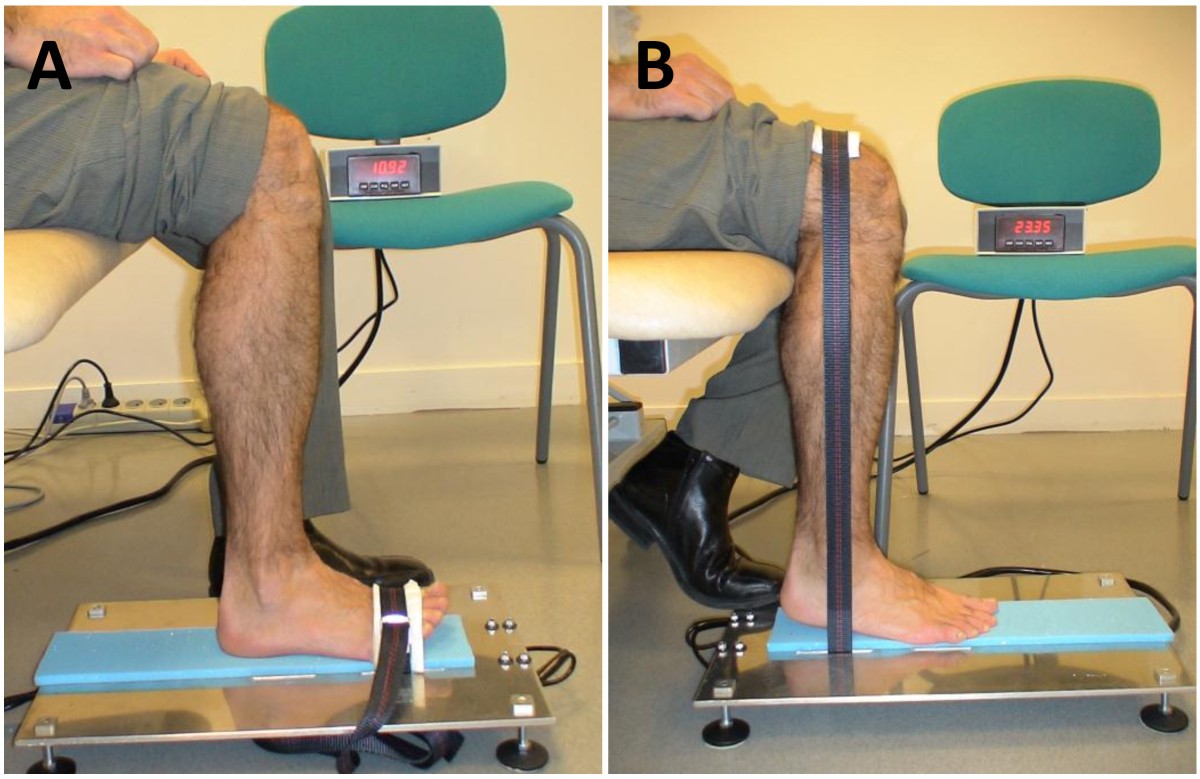
Background Ankle strength is often impaired in some of the most common neuromuscular disorders. Consequently, strength generated around this joint is important to assess, because it has a great impact on balance and gait. The objectives of this study were to establish normative data and predictive equations for both ankle dorsi- and plantar-flexion strength from a population of healthy subjects (children and adults), to assess the reliability of the measurements and to study the feasibility of using a novel dynamometer on a group of patients with a neuromuscular disorder. Methods Measurements of maximal isometric torque for dorsi- and plantar-flexion were performed on 345 healthy subjects from 5 to 80 years of age. The feasibility of the method was tested on nine patients diagnosed with type 2A limb girdle muscular dystrophy. Results The results documented normal strength values depending on gender and age on ankle dorsi- and plantar-flexion. The reliability of the technique was good with no evaluator effect and a small learning effect. The dynamometer was found suitable in the group of patients, even very weak. Conclusions The device developed was both reliable and accurate in assessing both ankle dorsi-flexion and plantar-flexion torque measurements from weak patients and children to strong healthy adults. Norms and predictive equations are provided for these two muscle functions.
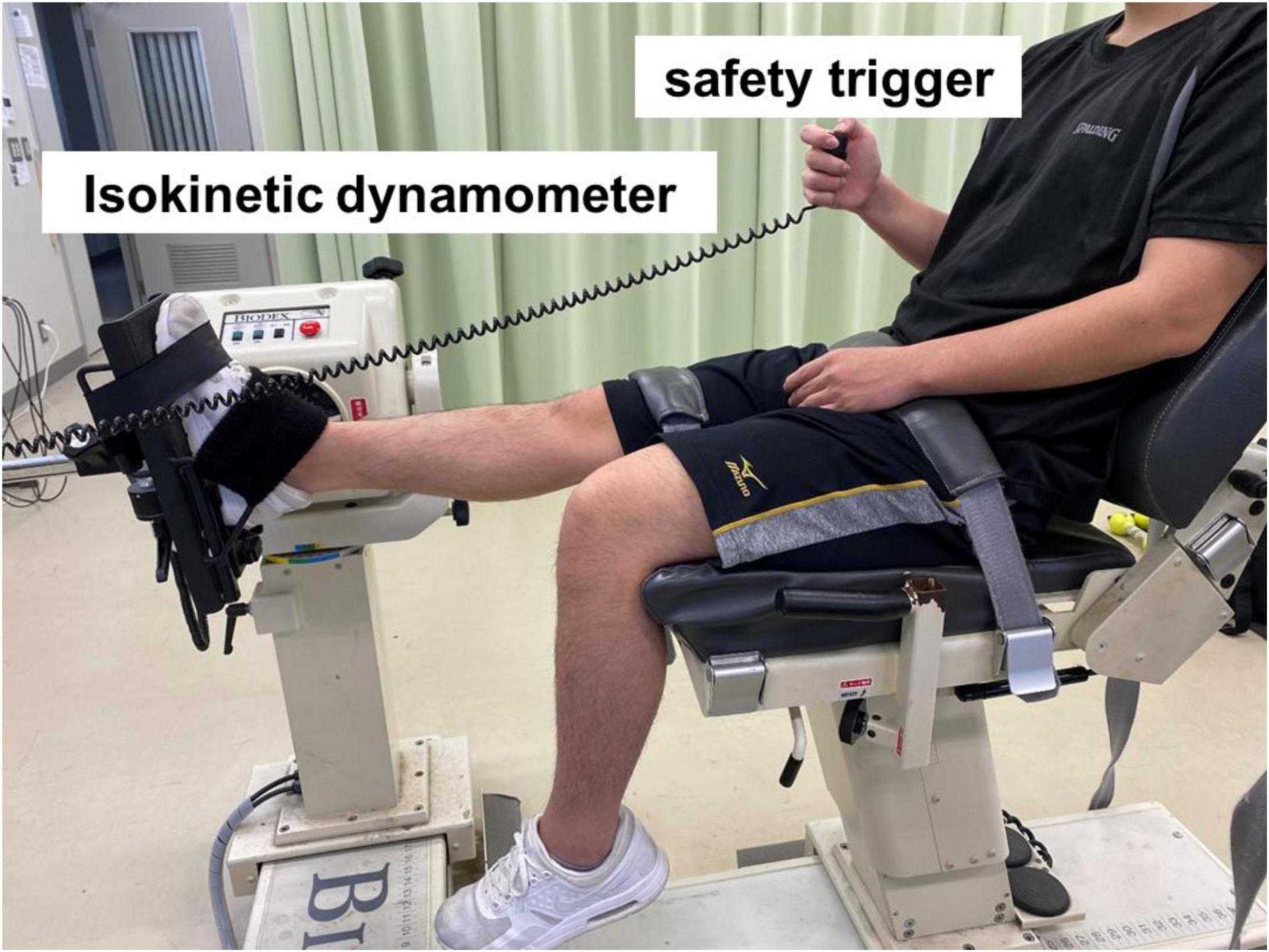
Frontiers Comparison Between Contract–Relax Stretching and Antagonist Contract–Relax Stretching on Gastrocnemius Medialis Passive Properties

How the ankle joint angle alters the antagonist and agonist torques during maximal efforts in dorsi‐ and plantar flexion - Billot - 2011 - Scandinavian Journal of Medicine & Science in Sports - Wiley Online Library

Isometric muscle strength in children and adolescents using

PDF) A Signal Processing Method for Assessing Ankle Torque with a

Neuromotor Regulation of Ankle Stiffness is Comparable to Regulation of Joint Position and Torque at Moderate Levels

Frontiers Effects of Changes in Ankle Joint Angle on the Relation Between Plantarflexion Torque and EMG Magnitude in Major Plantar Flexors of Male Chronic Stroke Survivors
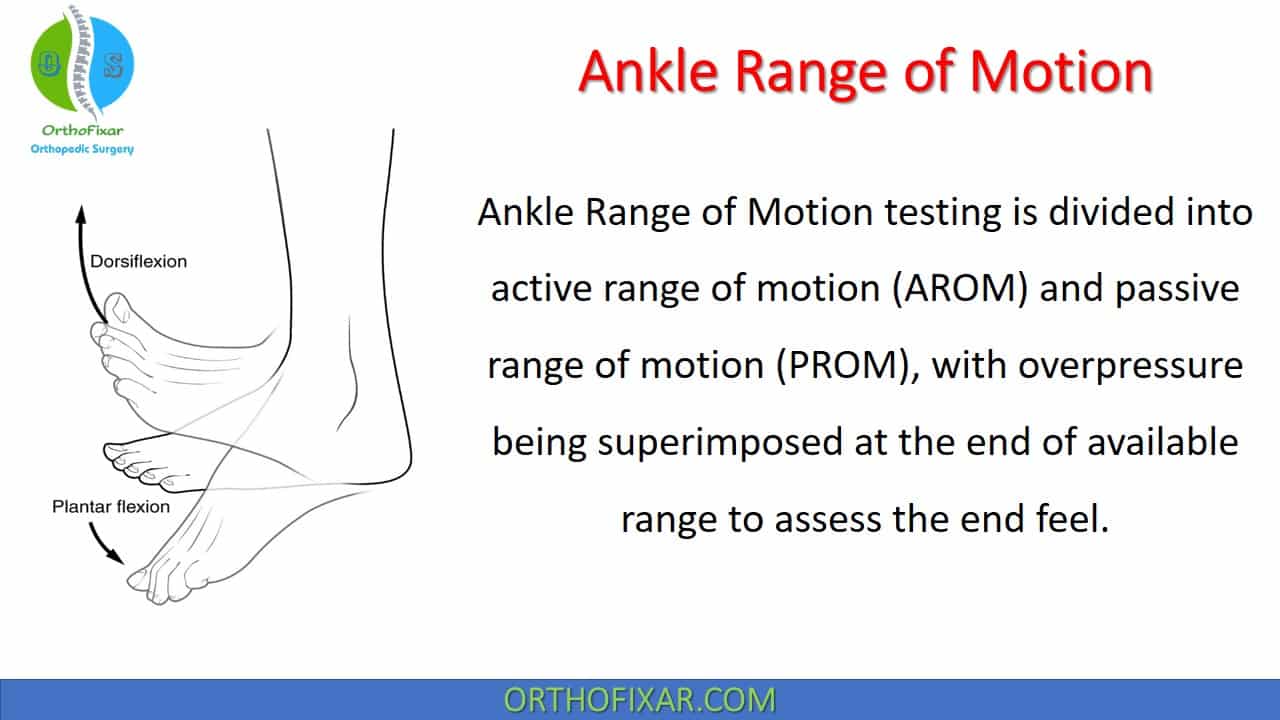
Ankle Range Of Motion

PDF) Muscular Performances at the Ankle Joint in Young and Elderly

A portable articulated dynamometer for ankle dorsiflexion and plantar flexion strength measurement: a design, validation, and user experience study
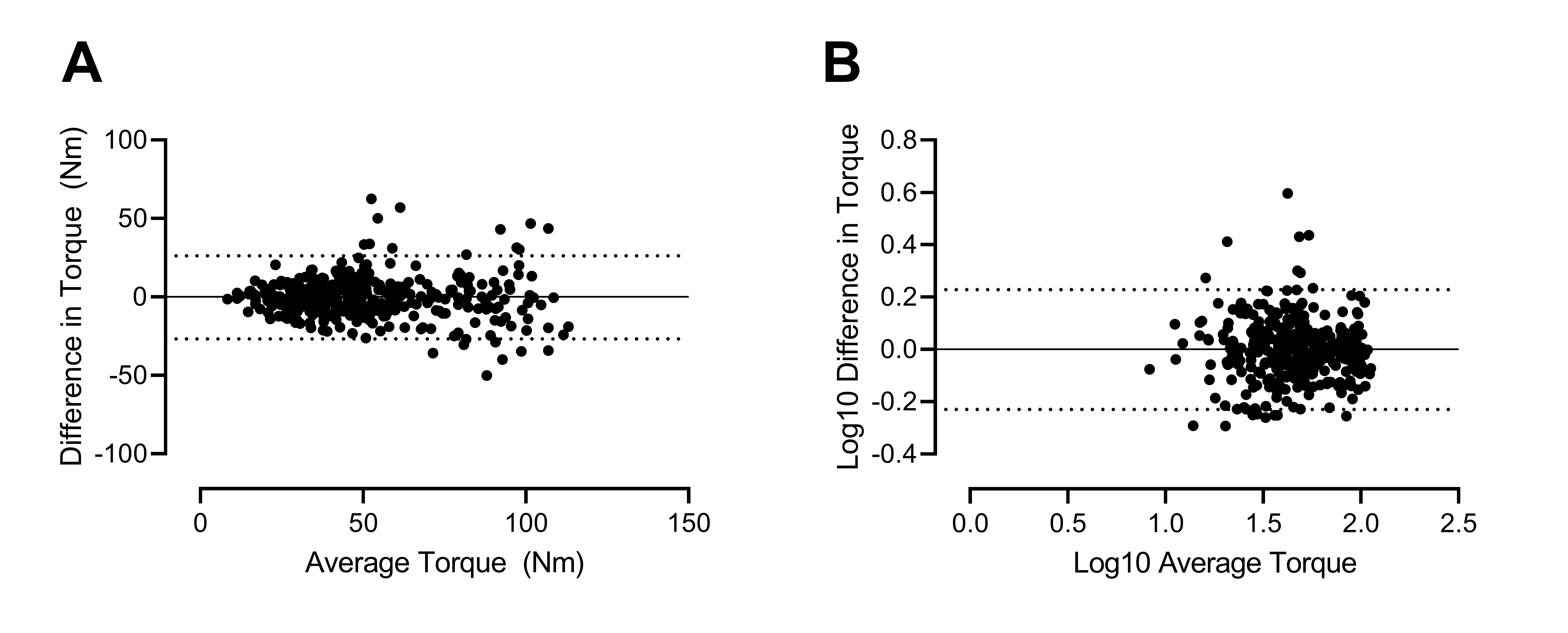
Comparison of Common Methodologies for the Determination of Knee Flexor Muscle Strength
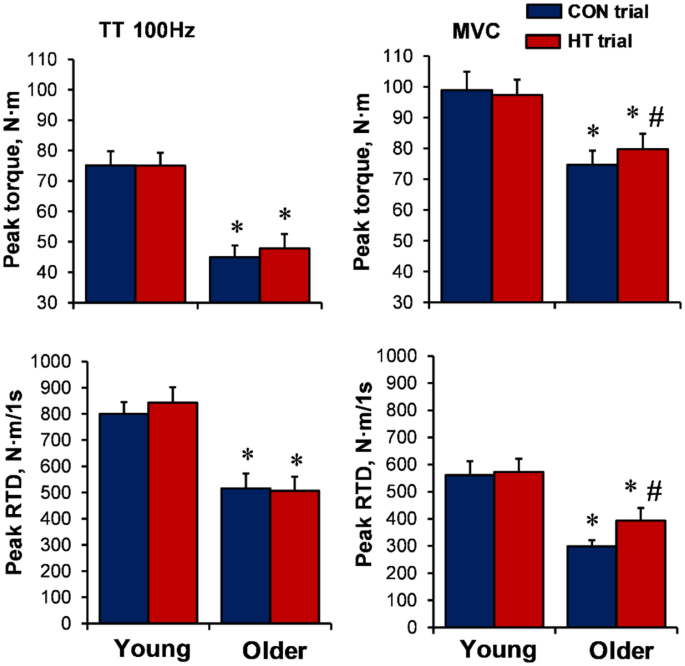
Local knee heating increases spinal and supraspinal excitability and enhances plantar flexion and dorsiflexion torque production of the ankle in older adults

Wrist flexion and extension torques measured by highly sensitive
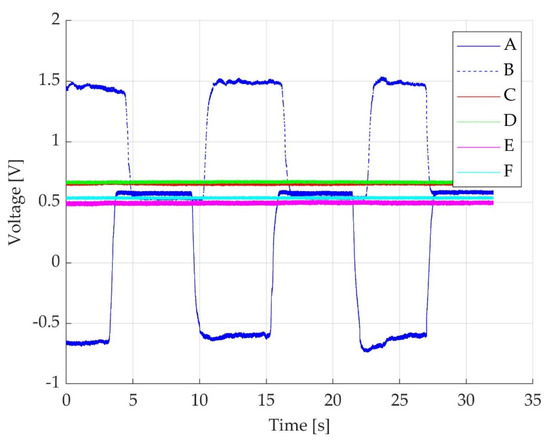
Sensors, Free Full-Text
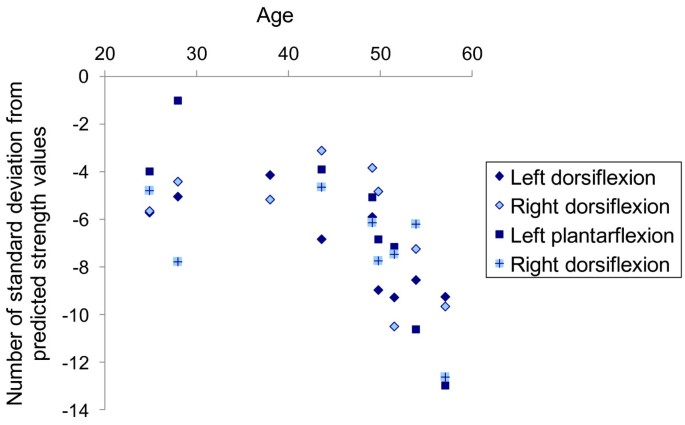
Ankle dorsi- and plantar-flexion torques measured by dynamometry in healthy subjects from 5 to 80 years, BMC Musculoskeletal Disorders